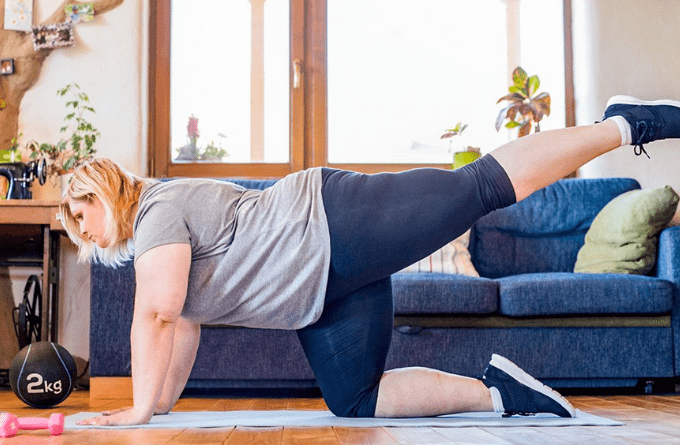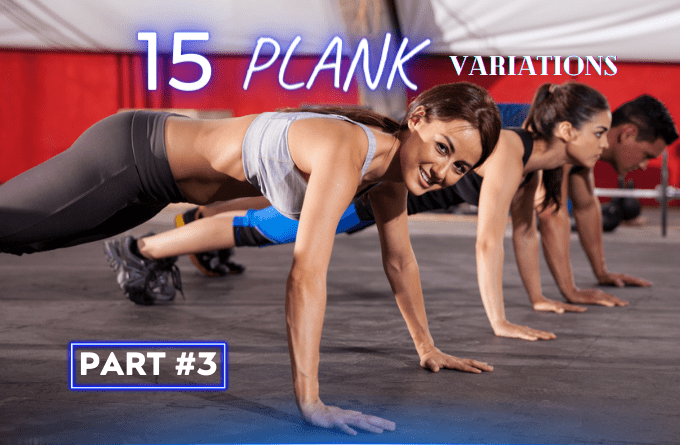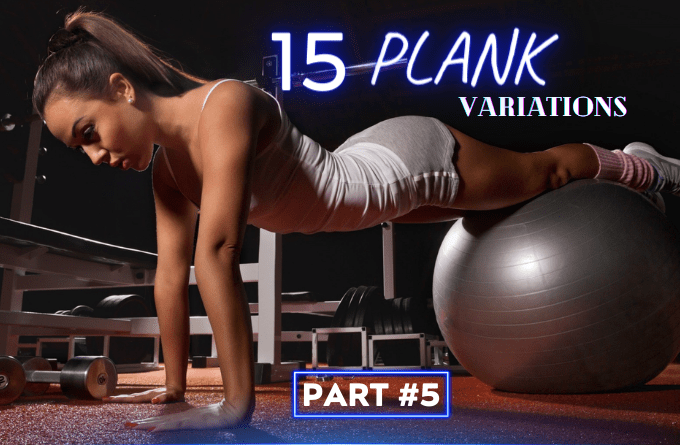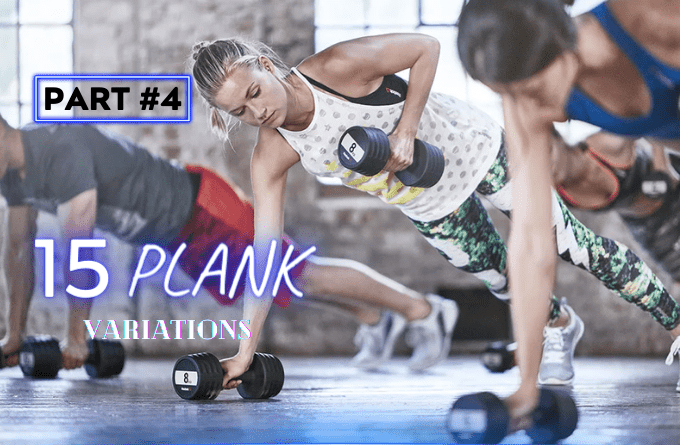
Table of Contents
ToggleUnleash the potential of your core routine with versatile plank exercises like Spider-Man planks and alternating knee-to-elbow movements. Discover how these moves amplify core engagement for a more robust workout.
Maximizing the Benefits of Planking
Planking isn’t just about holding a static position; it’s a powerful exercise that offers numerous benefits for your entire body. In this article, we’ll explore three unique plank variations that provide diverse advantages to your fitness routine.
10. Spider-Man plank (knee to elbow)
The Spider-Man plank targets the obliques, abs, and lower body, adding a dynamic element to your workout routine.
Try these “Spider-Man” planks to feel the burn in your obliques, abs, and lower body.
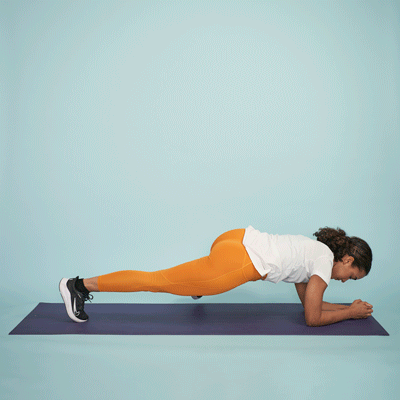
Start in full plank position.
Pull your right knee toward the outside of your right elbow and then push it back to return to a plank position. Make sure your knee is open out to the side, so your inner thigh hovers over the floor as you move your leg.
Exhale as your knee comes forward and inhale as you push it back.
Start with 8–12 reps on each side. Aim for up to 20 reps on each side as you get stronger.
Pro tip: Take your time. This move is all about proper form and controlled movement. Maintain proper form by keeping your hips elevated, and avoid swaying side to side.
11. Plank with alternating knee to elbow
By alternating knee-to-elbow movements, this plank variation further engages the obliques while challenging core stability.
This is another move that will target your obliques.

Start in full plank position.
Lift one leg and pull your knee toward the opposite elbow.
Push your leg back to the starting plank position. Be sure to keep your abs and glutes tight throughout the exercise.
Continue alternating sides for 20–30 seconds, or as long as you can maintain proper form. Aim for 2–3 sets.
Pro tip: Try your best to keep your spine and pelvis neutral, as much as possible.
12. Plank with a row
Incorporating dumbbells into the plank engages the upper body and core, enhancing overall strength and coordination.
This is an excellent full-body workout that targets your upper body, core, and lower body.
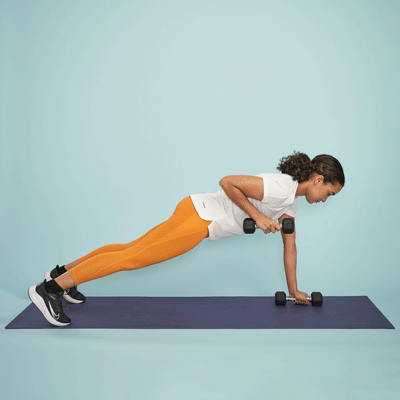
Grab two dumbbells of your choice (if you’re new to working out, start with a light weight to ensure proper form).
Get into full plank position with each hand gripping a dumbbell.
With your right arm, lift the dumbbell to the side of your waist or toward your hip to perform 1 row.
Return the dumbbell to the starting position.
Perform 1 row with your opposite arm.
Complete 8–12 reps on each side. Aim to do 2–3 sets.
Pro tip: Keeping your core engaged the entire time will help you perform the dumbbell row with control. If you’re swaying your body to lift the dumbbell, try using a lighter dumbbell. You can also do this exercise with no weights at all. If your opposite leg lifts off the floor, use a lighter dumbbell and keep your glutes tight.
Integrating these diverse plank variations into your workouts will help you maximize the benefits of planking, improving core strength, stability, and overall fitness. Stay tuned for our final article, where we’ll conclude with additional advanced plank variations.
<<< Previously: Intermediate Plank Variations Explored
|Part #1 |Part #2 |Part #3 \Part #4 |Part #5
Next: Exploring Advanced Plank Variations >>>
Insider Tip: Consistency in Planking Matters
Regular practice of plank variations yields impressive results. Aim for consistency rather than duration – start with shorter intervals and gradually increase as your strength improves. This sustained effort helps build core stability, leading to improved posture and reduced risk of back injuries.
5 Low-Calorie Foods That Keep You Full for Longer
#1. Harnessing the Power of Chia Seeds for Hunger Control.
#2. The Benefits of Greek Yogurt: High Protein, Low Calories for Weight Loss.
#3. Oats: The Perfect Low-Calorie Breakfast.
#4. Cucumber: The Refreshing Zero-Calorie Snack You Need in Your Diet.



